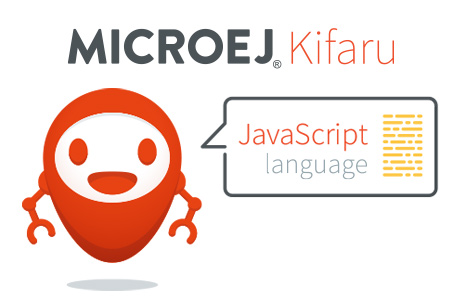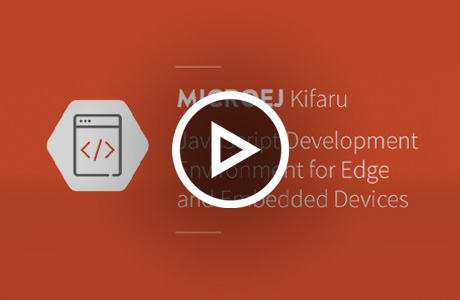
JavaScript is increasingly being recognized as a versatile language for embedded systems development. Its high-level abstractions simplify coding, making it an excellent choice for rapid prototyping and testing.
Additionally, the emergence of embedded platforms supporting JavaScript has made it easier for developers to build, deploy, and scale embedded applications efficiently.
Top 5 Benefits of Using JavaScript for Embedded Systems
As JavaScript is gaining popularity in the embedded development community, let’s take a closer look at the its top 5 benefits for embedded systems:
1 • Fast Prototyping
JavaScript’s simple syntax and high-level features allow developers to quickly build and refine prototypes. According to Embedded Computing, experienced developers can become proficient in JavaScript in just a few hours, significantly accelerating development cycles.
2 • Large JavaScript Community
As one of the most widely used programming languages, JavaScript has a vast global community offering support, tools, and learning resources. In Stack Overflow’s 2022 Developer Survey, JavaScript was ranked as the most popular language, with 68% of developers using it.
3 • Seamless Integration with Embedded & Web Technologies
JavaScript’s ability to interact with a wide range of embedded platforms (from Raspberry Pi and Intel Edison to Espruino and Tessel) makes it a strong candidate for connected systems. Its native compatibility with HTML, CSS, and WebSockets enables easy integration between embedded devices and web applications.
4 • Versatility & Flexibility
JavaScript’s dynamic and versatile nature is driven by its ability to handle different data types without the need for type declarations, its full-stack capabilities with Node.js, and support for functional programming. These features enable developers to write efficient, reusable, and adaptable code for a diverse range of applications.
5 • Large JavaScript Ecosystem
The JavaScript ecosystem is packed with powerful frameworks and tools that simplify embedded development:
- npm for package management to Babel‘s modern-to-legacy code transpiler
- TypeScript for optional static typing
- React UI building blocks
- Node.js for server-side execution
- Webpack for bundling embedded applications
This extensive toolbox enhances code efficiency, scalability, and debugging in embedded projects.
Limitations of JavaScript in Embedded Systems
While JavaScript has many advantages, it also presents challenges:
- Performance Constraints – JavaScript is not as optimized for low-level tasks as C or Assembly.
- Higher Memory Consumption – Automatic memory management can lead to greater memory overhead than low-level languages.
- Limited Direct Hardware Access – JavaScript requires specialized libraries to interface with embedded hardware, adding complexity to development.
Despite these limitations, advances in software architecture are bridging the gap between JavaScript and embedded systems.
How Software Containers Unlock JavaScript’s Potential for Embedded Development
The web-oriented nature of JavaScript traditionally conflicts with the resource constraints of embedded systems. However, software containers like MICROEJ VEE provide a solution by optimizing JavaScript execution for embedded environments.
To further enhance this capability, MicroEJ developed MICROEJ Kifaru, a platform designed to bring JavaScript-powered applications to embedded devices. With a secure runtime environment and an extensive set of hardware interface libraries, Kifaru allows developers to:
- Leverage JavaScript’s simplicity and flexibility for embedded applications.
- Run applications securely within the MICROEJ VEE software container.
- Achieve high performance and efficient resource usage on embedded devices.
Developers can now build secure, scalable, and high-performing embedded applications using JavaScript—unlocking new possibilities for connected, software-driven embedded devices.
📌 Want to see it in action? Explore MICROEJ Kifaru and test its capabilities on our dedicated platform page.



